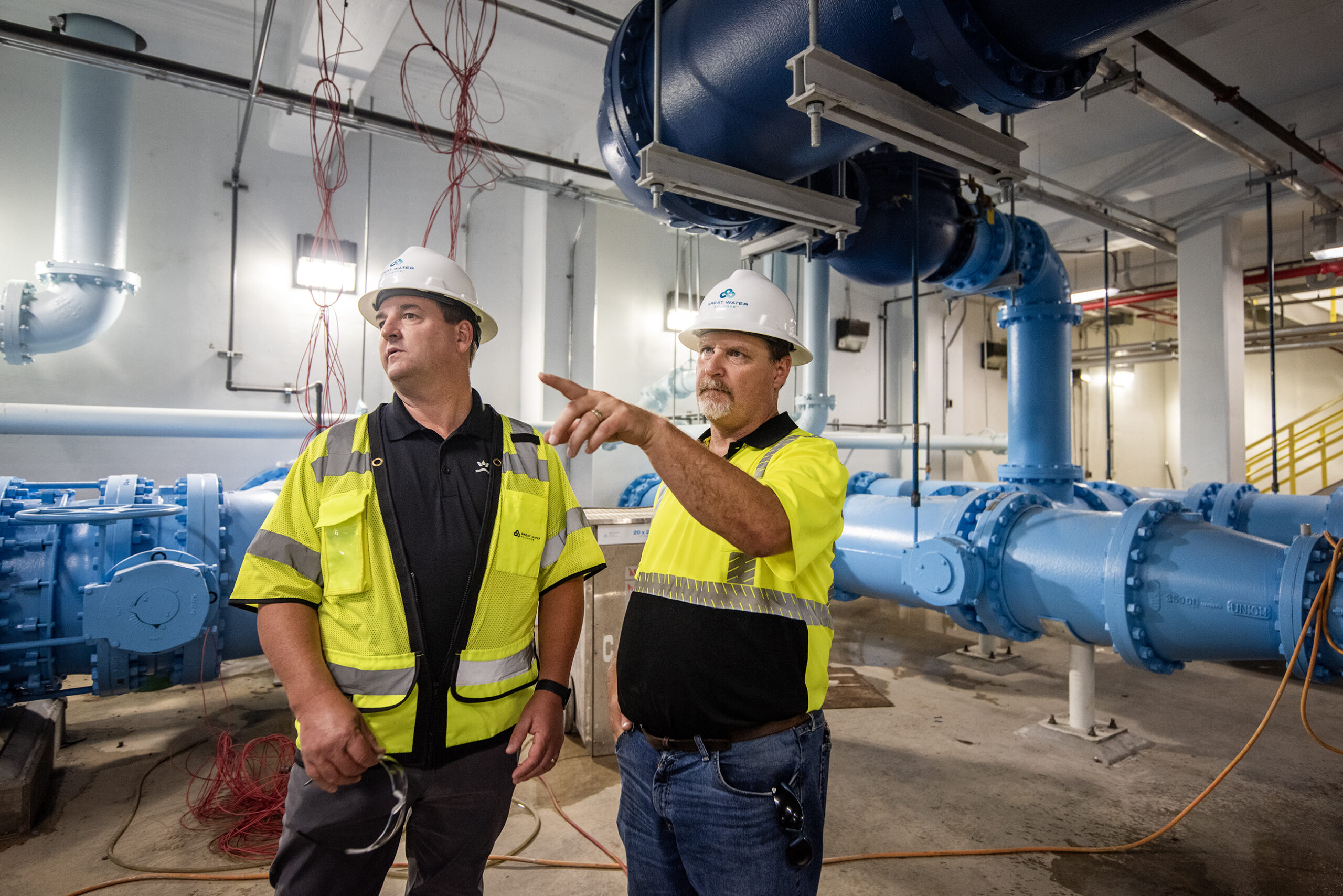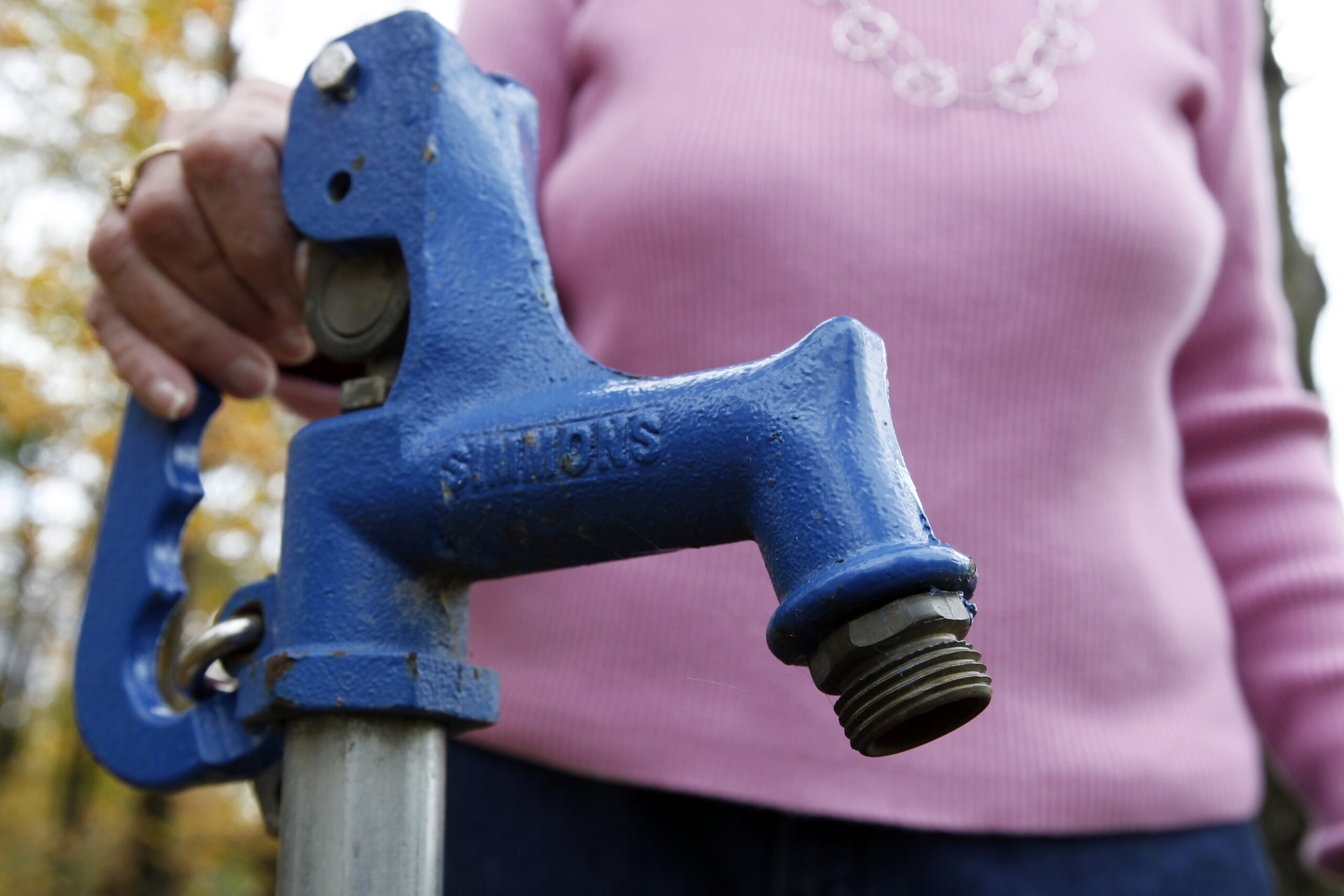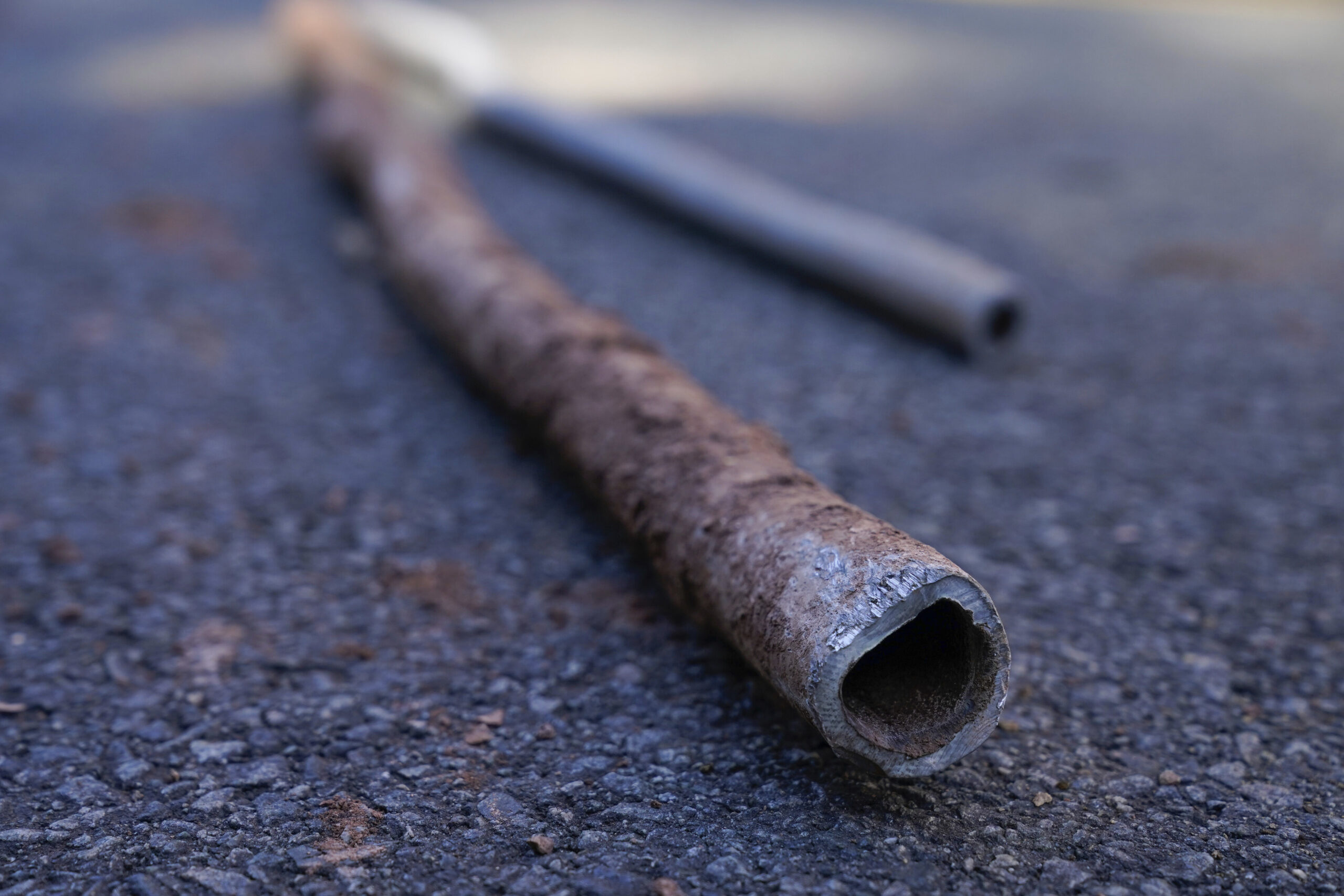Wisconsin has more public drinking water systems than any other state — and now, for the first time, the grades are in.
The Wisconsin Waterworks Excellence Project recently published report cards for 570 municipal water utilities around the state, with letter grades from A to F in four major categories: quality (health), infrastructure and operations, finance and communications.
The findings were largely positive for Wisconsin communities, with the majority of water utilities receiving top marks for quality. However, the infrastructure and finance ratings had mixed results.
Stay informed on the latest news
Sign up for WPR’s email newsletter.
Manny Teodoro, a professor in the La Follette School of Public Affairs at the University of Wisconsin-Madison, is the project’s founder and lead researcher. He told WPR’s “Wisconsin Today” that this kind of comprehensive report is only possible in Wisconsin because of the “depth and quality of data we have on water system performance.”
“You could not do this in any other state,” he said.
The Wisconsin Department of Natural Resources takes thousands of water samples each year, which gives researchers like Teodoro a deep well of data to draw from. But what’s truly unique about Wisconsin, he said, is the Public Service Commission, which was first established in 1907 and for decades has kept extensive records about infrastructure and finances across hundreds of the state’s water utilities.
Teodoro said that it’s easy to just forget about essential services like water utilities that are humming along in the background of modern life. He hopes the report cards will help to “make the invisible visible,” providing confidence to residents with high-quality water and critical information to local governments about areas in need of improvement.
“A water utility that’s operating very efficiently looks exactly the same as one that is on the verge of disaster the day before the disaster,” he said. “So what we’re trying to do is show residents and policymakers that these things are important, and try to get them on folks’ minds and their radar screens before those disasters occur.”
Water quality gets an A in most communities
More than 90 percent of Wisconsin utilities earned A grades for water quality — and Teodoro was quick to clarify that this was not graded on a curve.
“Our rubric is rigorous. You ask my students, they’ll tell you: I’m tough. I don’t inflate those grades, and we don’t inflate the grades,” he said.
Water quality was graded based on levels of contaminants regulated by the Safe Drinking Water Act, including nitrate and lead. (The reports do not include scores for regulated PFAS chemicals because the data was collected before federal standards for these contaminants were finalized in 2024.)
When it came to grading water quality, Teodoro explained that utilities had to do more than just meet the basic requirements for contamination.
“For our utilities, it is difficult to earn an A. It’s not enough to stay under the contaminant limits — you’ve got to stay way under the contaminant limits,” Teodoro said. “So the fact that over 90 percent of our utilities get As, that’s an extraordinary success story.”
Infrastructure could use some improvement
The grades for infrastructure and operations, which were grouped under one category, were mixed, with most utilities receiving a B or C. More than 20 percent of utilities received a D or F grade in infrastructure.
That includes Milwaukee, which received As in water quality and communications but a D for infrastructure.
Patrick Pauly is supervisor of Milwaukee Water Works, which serves more than 800,000 people and is the biggest water utility in the state. He told “Wisconsin Today” that this grade is much lower than he would like it to be, and he attributed it to a high number of main breaks the city deals with annually.
Teodoro said that main breaks are common around the state because of Wisconsin’s mix of cold winters and hot summers, creating “wild fluctuations in temperature” that can cause pipes to leak or break, and can introduce contaminants into the water system.
“We can’t keep those health grades strong with failing infrastructure,” Teodoro said.
One critical infrastructure investment for water systems around the country, including Milwaukee Water Works, is replacement of lead service lines. Pauly said an influx of money from the Bipartisan Infrastructure Law — $30 million in 2024 and $34 million this year — has been key to helping Milwaukee move this work forward, and he is hoping the funding will be replenished.

Communicating can create more trust at the tap
Nearly half of the state’s water utilities received failing marks in the communications category, which was graded on factors like having an easily available phone number for customers to call, maintaining a functional website and having a social media presence.
The report identifies this as an opportunity for utilities, since it would be relatively easy and inexpensive to implement or improve these channels of communication with the public.
Milwaukee Water Works, which received an A in this category, provides annual consumer confidence reports to their customers. But Pauly said these reports, which are required by law, tend to be heavy on data and light on explanation — in other words, not very readable or easy to understand.
“What we find helpful about [Teodoro’s] scoring system is it’s very accessible and it’s very simple,” he said.
For Teodoro, the importance of this data — and sharing it with the public in this approachable, user-friendly way — cannot be overstated. Over his career, he has done extensive research into the connection between the public’s perception of their tap water and their trust in government. In his book “The Profits of Distrust,” he and his co-authors argue that rebuilding Americans’ confidence in democracy starts at the tap.
“Drinking water is different from almost everything else that government does,” Teodoro said. “We’re talking about a government service that comes directly into your home. We immerse our children in it. We cook with it, we take it into our bodies. … So it carries not just health consequences, environmental consequences, but it means something to people’s relationship with the state.”
So when drinking water systems fail, it can lead to a loss of trust in government overall. Teodoro’s research has found that it doesn’t even have to be the local water system — when people hear news of contaminated water in a place like Flint, Michigan, they might question the safety of their own tap water from hundreds of miles away.
That’s where Teodoro believes these report cards can come in. Having easy-to-access public information about local water utilities can create trust at the tap and empower residents to advocate for needed changes and improvements with their municipal water utility or the Public Service Commission.
“It is part of that progressive tradition that we’ve got in this state, that we built institutions to be responsive,” Teodoro said. “We’re just trying to help that by putting information into people’s hands.”
See the full list of report cards from the Wisconsin Waterworks Excellence Project here.




